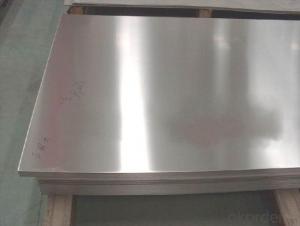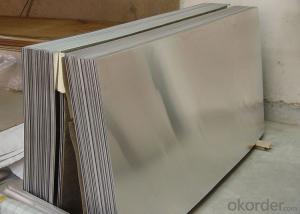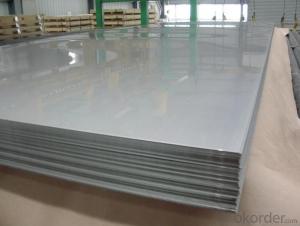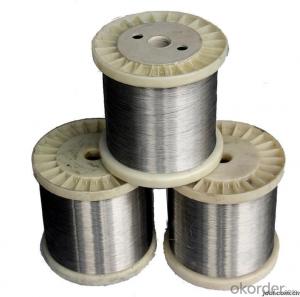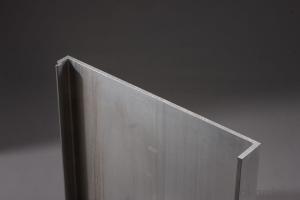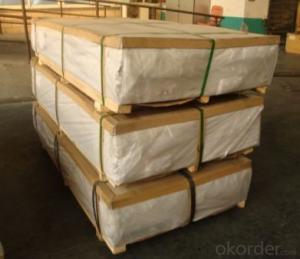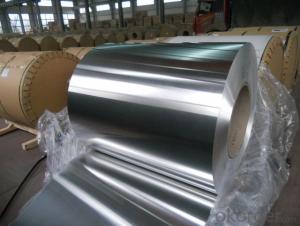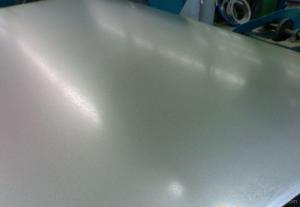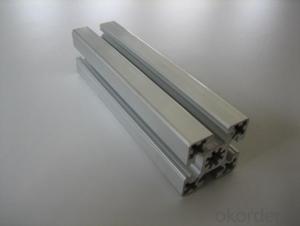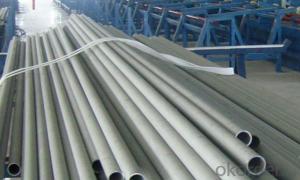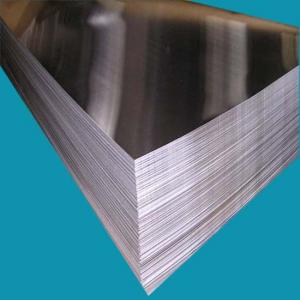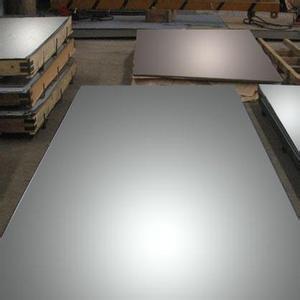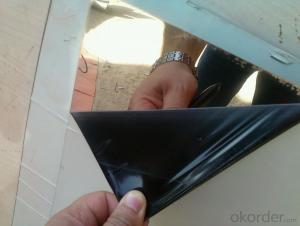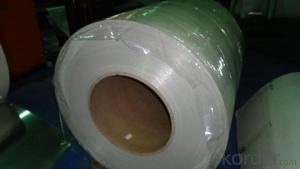Customized Cold Rolled Aluminum Door Sheets
- Loading Port:
- Shanghai
- Payment Terms:
- TT OR LC
- Min Order Qty:
- 2.5
- Supply Capability:
- 5000 m.t./month
OKorder Service Pledge
OKorder Financial Service
You Might Also Like
l Product Introduction
Aluminum sheet is also known as Treadplate, Floor Plate, Chequer Plate, Checkered Plate, Chequered Floor Plate, Checker Plate and Check Plate. It is made of anti-corrosion aluminum alloy stock, rolled with special and beautiful embossing shape. It has the property of anti-sliding, anti-corrosion, easy cleaning and high mechanical strength.
l Specification
| Alloy | Temper | Gauge(mm) | ||
1000 series
| H14/H24 | Thickness | Width | Length |
| 0.2-6 | 600-2650 | 2000-1600 | ||
l Packaging & Delivery
Packaging detail: wooden cases that are suitable for long distance exporting
Delivery detail: 25-30 days after receiving L/C or payment in advance
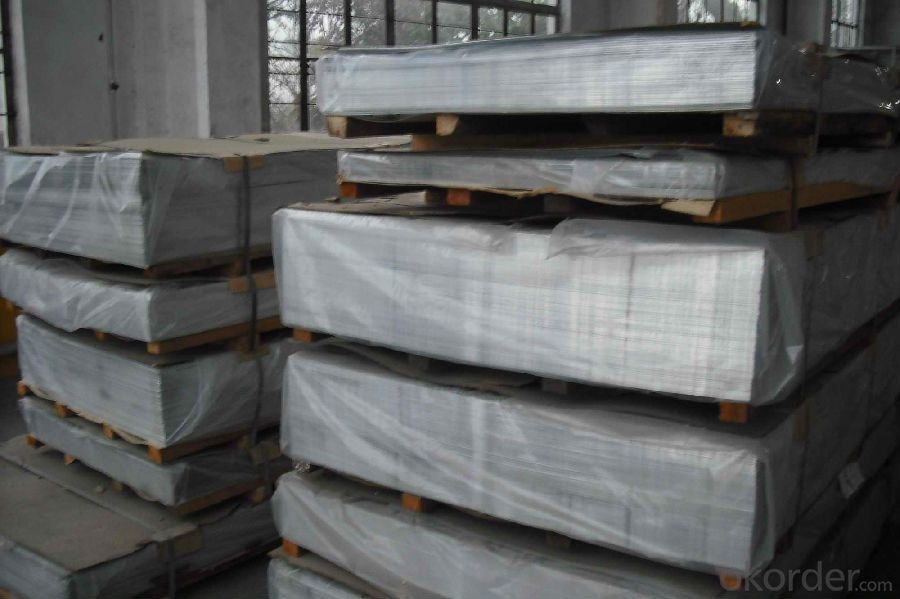
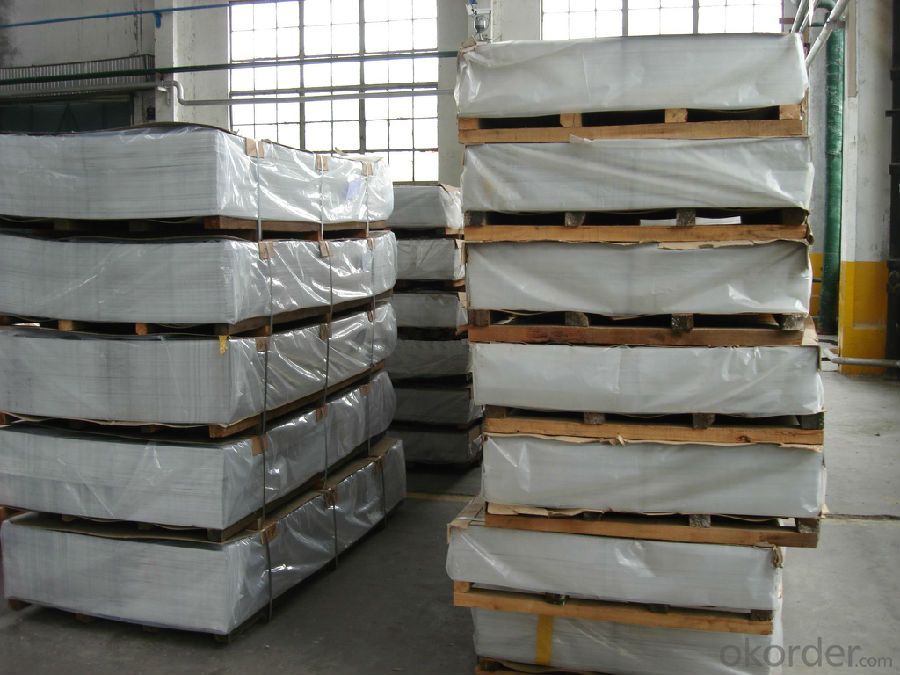
l Company Profile
CNBM International Corporation, China National Building Materials (Group) Corporation, is one of the largest companies in China building material & equipment industry, with 42,800 employees and sales in 2005 of US Dollar 4.395 billion. In 2006, China National Building Material Company Limited was listed on Hong Kong Stock Market with the stock code as 3323.
The business scope of CNBM covers from manufacturing and sales of a series of building materials to scientific research and design, import and export trade. In many of these fields, CNBM is playing the leading role.
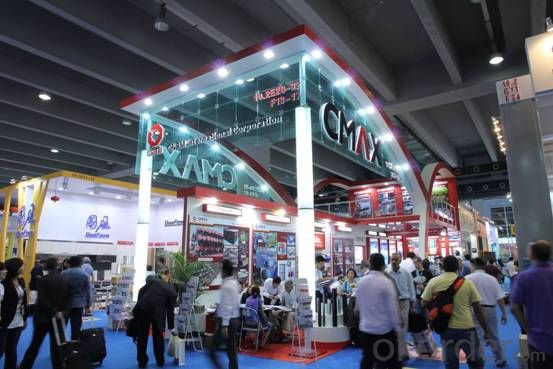
l CNBM World Wide

l Product Images
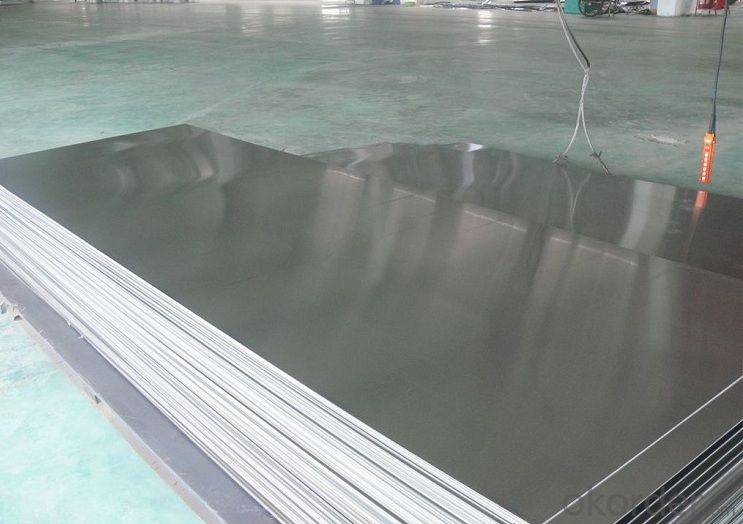
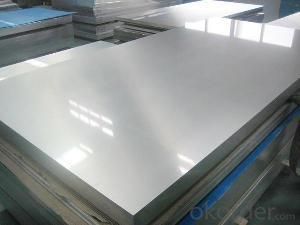
l Certificates
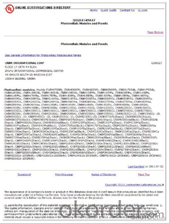
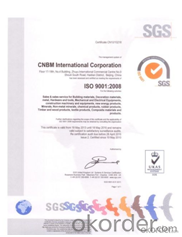
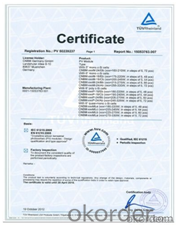
l FAQ
Q: Do you provide free samples?
A: Yes, free samples will be sent to you on freight at destination.
Q: Can I get your latest products catalogue?
A: Yes, it will be sent to you in no time.
Q: What is the MOQ?
A: 2.5 tons
Q: What are your payment terms?
A: We accept L/C, T/T.
- Q: Can someone please explained what aluminum reacts slowly with dilute acided?Thank you!
- Firstly, dilute acids are weaker than concentrated acids. This slows the rate of reaction. Secondly, Aluminium is less reactive than the Group 1 and Group 2 metals, which slows the rate of reaction. It is less reactive because it has to form 3+ ions which is more draining than forming 1+ or 2+ ions. Thirdly, Aluminium oxidises well in air but, unlike rust, this oxide sticks to the pure aluminium, forming a protective layer.
- Q: Are aluminum sheets suitable for transportation applications?
- Indeed, aluminum sheets prove to be appropriate for transportation purposes. With its lightweight and robust nature, aluminum emerges as an ideal material for diverse transportation needs. It finds widespread use in the aerospace sector, where it is employed in constructing aircraft structures. Similarly, in the automotive industry, aluminum is extensively utilized for fabricating vehicle bodies, frames, and components. By incorporating aluminum sheets into transportation applications, the overall weight of vehicles can be reduced, thereby enhancing fuel efficiency and increasing payload capacity. Moreover, aluminum's resistance to corrosion ensures its durability and longevity, even in harsh environments. All in all, the attributes of aluminum sheets render them a suitable and optimal choice for transportation applications.
- Q: Are aluminum sheets easy to clean?
- It is generally a simple task to clean aluminum sheets. Aluminum, being a non-porous material, has the advantage of not readily absorbing liquids or stains. Consequently, it is fairly easy to remove dirt, dust, or spills from the surface of aluminum sheets with the use of a moist cloth or sponge. Furthermore, aluminum's resistance to rust and corrosion means that no special cleaning agents or treatments are necessary. However, it is worth noting that abrasive cleaners or scrubbing pads should be avoided as they have the potential to scratch the aluminum surface. In summary, by regularly maintaining and employing proper cleaning techniques, aluminum sheets can be kept clean and in excellent condition for an extended period of time.
- Q: What kind of welding rod should be used for aluminum plate, welding and welding?.
- Aluminum plate welding, now mostly choose TIG welding, MIG welding to welding, selection of welding rod is less. If the choice of electrode welding, can recommend selection of MG400 electrode, the electrode is produced by American MG welding, gas welding and welding, can all Aluminum Alloy, good welding performance. Need to use DC welding machine, welding electrode as far as possible upright, welding speed is relatively fast, about two times the carbon steel electrode. A kilogram of electrodes is nearly seventy.
- Q: Can aluminum sheet be used for reflective surfaces?
- Indeed, reflective surfaces can be achieved with the use of aluminum sheet. Renowned for its exceptional reflectivity, aluminum is widely preferred for an array of applications that call for reflective surfaces. By skillfully polishing aluminum sheets, they can attain a remarkable luster, enabling them to reflect light and produce a mirror-like effect. Consequently, they prove to be the perfect choice for applications such as lighting fixture reflectors, solar panels, mirrors, and decorative purposes. Moreover, owing to its reflective properties, aluminum is an ideal material for situations necessitating heat reflection, including thermal insulation and roofing materials. In summary, aluminum sheets offer versatility and effectiveness when it comes to generating reflective surfaces.
- Q: im wanting to try and source my own chemicals for experiments and such in the cheapest way possiblei thought a cheap method of making powdered aluminium would be to just sandpaper aluminium kitchen foil and collect the powder, what i need to know is:how pure is aluminium foil?.....e.g is it actually mixed with some other metals and is an alloyand will the powder i collect be as good as bottled aluminium powder? i know it wont be perfect but as long as its similar that should be fineim using it for pyrotechnical experiments by the way
- Aluminum foil is pretty pure for most purposes (99.1 % pure). However, I really think sandpapering aluminum foil is not your best option. For one, aluminum foil is quite expensive, I wonder if you could just get a bunch of the powder for a cheaper price than buying an equal mass of aluminum foil. Also, how would you even begin sandpapering it? If you rub a crumpled up ball of aluminum on a rough surface, you don't get a powder, you just get a ripped up ball and a gray mark on the rough surface. But you could try, tell me if it works. However, I think you may have better odds with aluminum cans. They are cheaper and thicker thus not so prone to ripping. Although I still doubt you could get a reasonable quantity of aluminum powder from that. If all else fails, you could always try stuffing a bunch of aluminum foil in a blender.
- Q: Can aluminum sheet be used for packaging applications?
- Yes, aluminum sheet can be used for packaging applications. It is a widely used material in the packaging industry due to its excellent properties such as lightweight, durability, and resistance to corrosion. Aluminum sheets are commonly used for packaging food, beverages, pharmaceuticals, and various consumer products.
- Q: why is copper sheet but not aluminum sheet that becomes the negative pole after putting copper sheet and aluminum sheet connected with wire into concentrated nitric acid?
- it may be that aluminum won't react with concentrated nitric acid.
- Q: Are aluminum sheets suitable for electronic enclosures?
- Yes, aluminum sheets are suitable for electronic enclosures. Aluminum is a lightweight and durable material that offers excellent conductivity and thermal management properties, making it ideal for electronic enclosures. It also provides good shielding against electromagnetic interference (EMI) and offers corrosion resistance, making it a popular choice in the electronics industry.
- Q: Can the aluminum sheets be custom-cut to specific dimensions?
- Yes, the aluminum sheets can be custom-cut to specific dimensions.
Send your message to us
Customized Cold Rolled Aluminum Door Sheets
- Loading Port:
- Shanghai
- Payment Terms:
- TT OR LC
- Min Order Qty:
- 2.5
- Supply Capability:
- 5000 m.t./month
OKorder Service Pledge
OKorder Financial Service
Similar products
Hot products
Hot Searches
Related keywords
